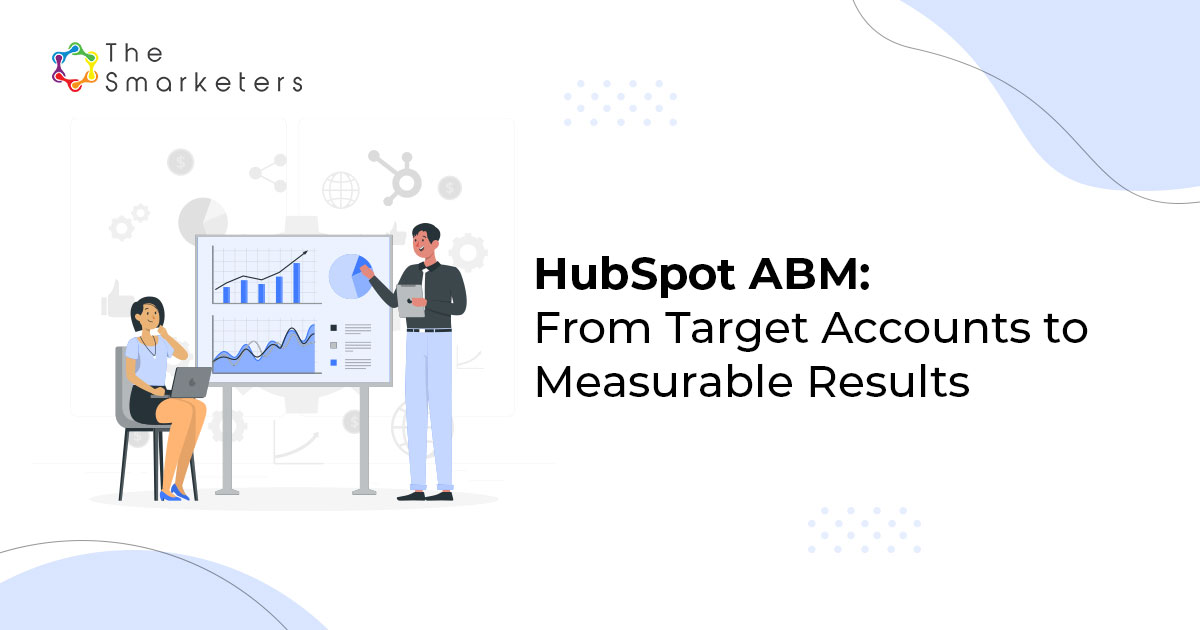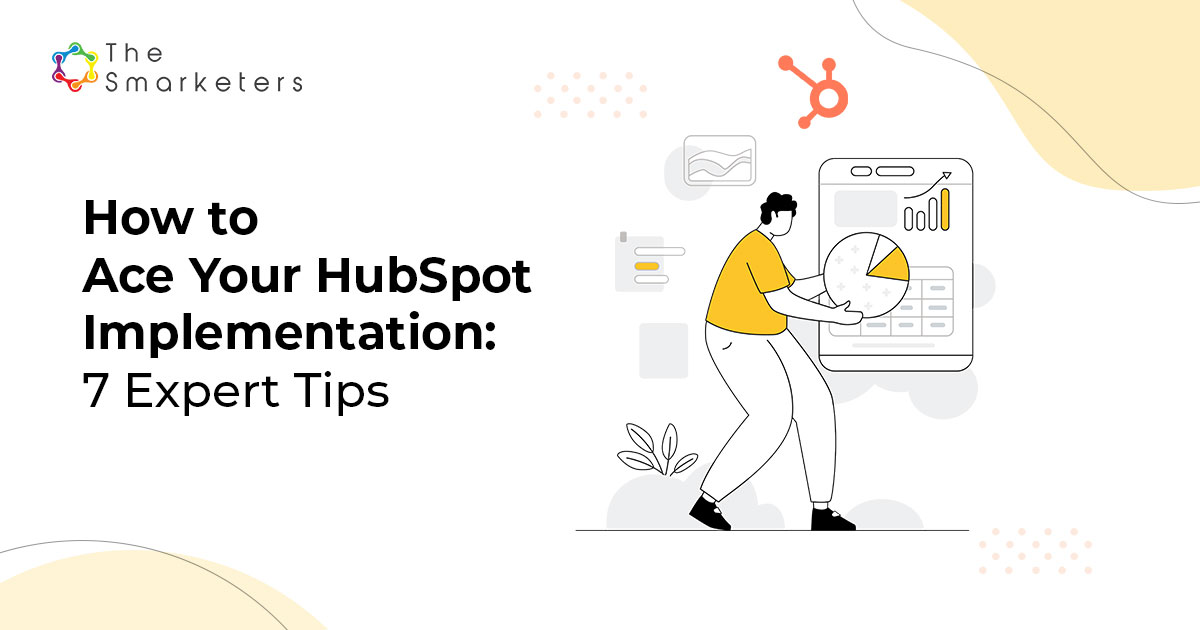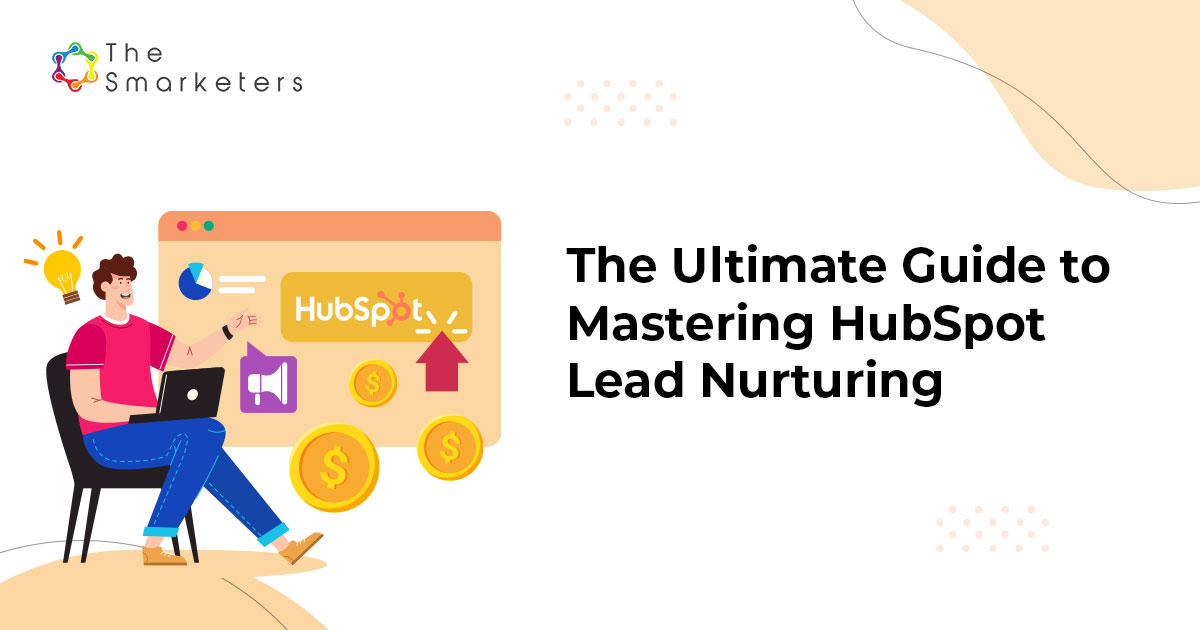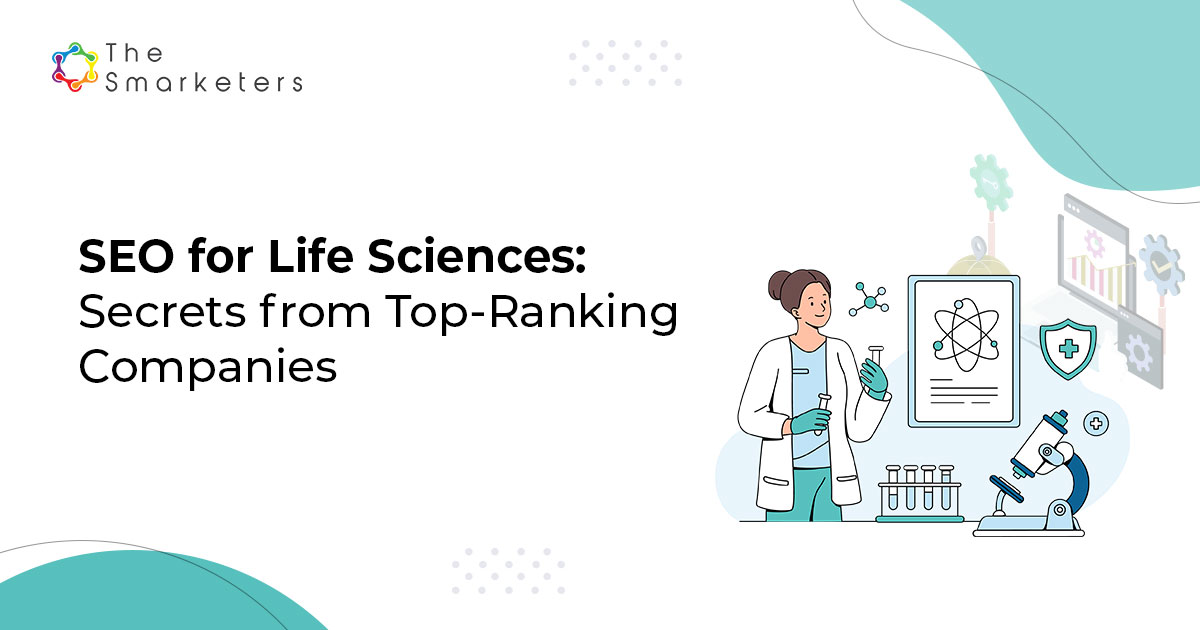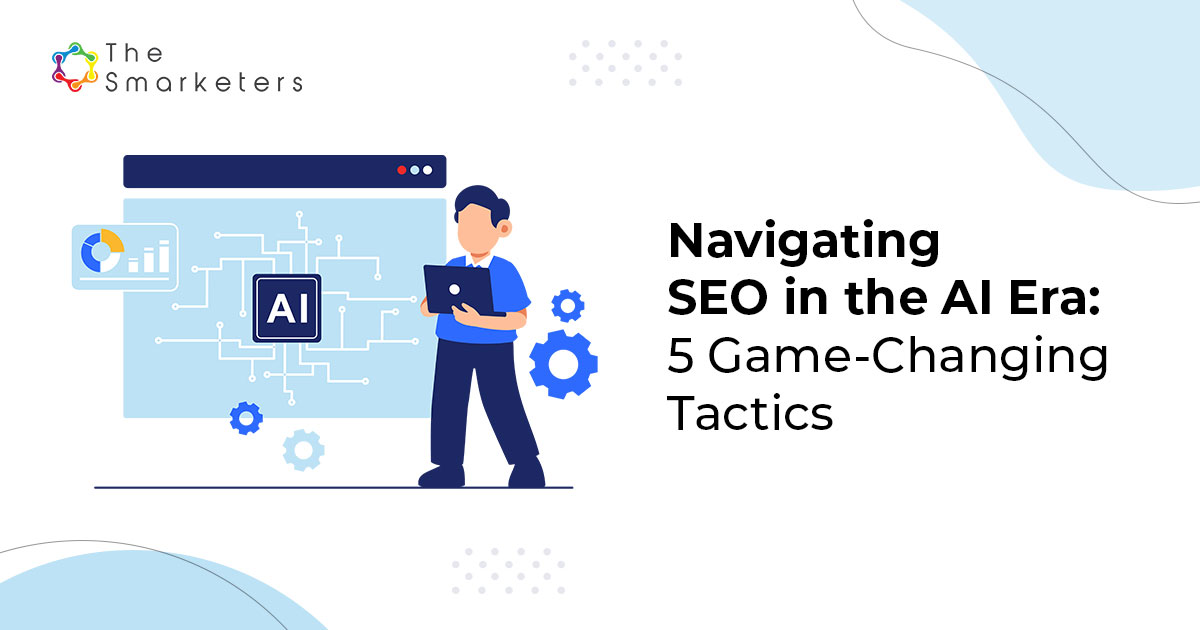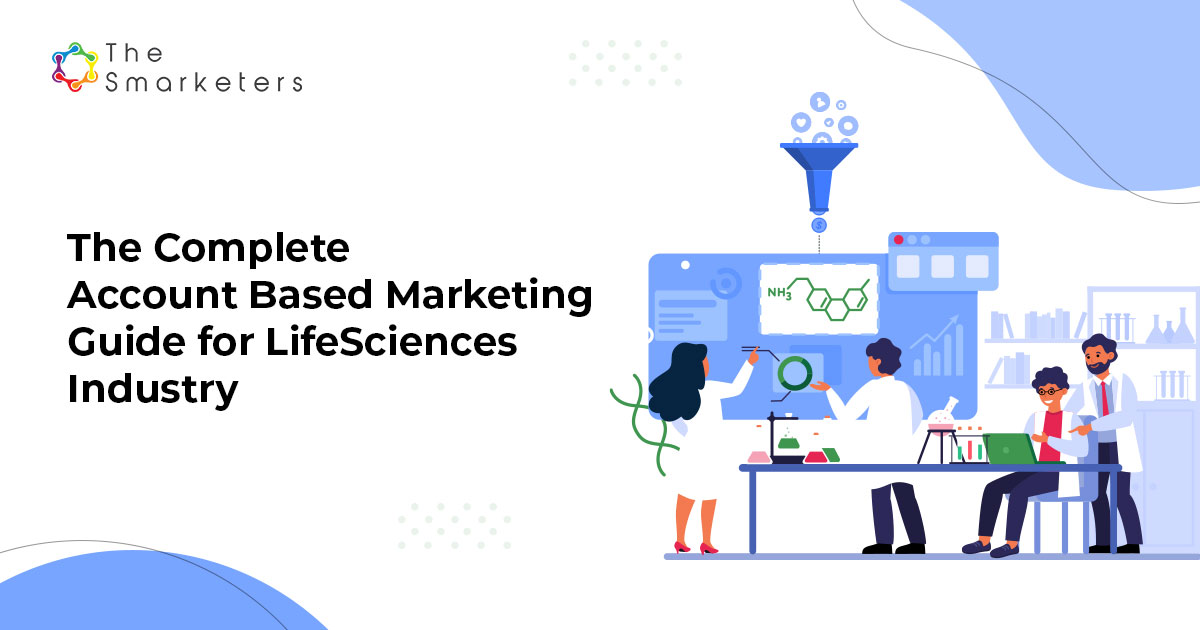When Web 2.0 for B2B Marketing emerged, its technological advancement took us into a new era – often depicted as the digital age. This internet sensation has brought the world closer by changing how we interact – be it on social media, blogs, or others. However, we had to deal with data security and centralization hiccups.
But as we continue the digital voyage, a new era is on the verge of emergence – ‘The Web 3.0’. Experts believe it will take us into a new promising future of data privacy, decentralizing the web, virtual reality, and artificial intelligence (1). We can already see some virtual reality as Metaverse and AI applications implemented in most large organizations.
Though it is still early to determine anything, we will break down how it will impact B2B marketing and B2B marketers. Some believe that Web 3.0 and Metaverse are more about a customer-centric approach. Most discussions revolve around virtual experiences and NFTs with B2C marketing applications. Yet, there are several B2B use cases that brands can consider including in their inbound marketing strategies for a smooth transition into the Web 3.0 era.
As it is still early, incorporating and adapting to these changes will keep the businesses ahead of their competitors, which may take time to implement.
B2B Marketing Potential in the Web 3.0 Era
When it comes to B2B marketing in the Web 3.0 era, the challenges and opportunities are unlimited. For example, NFTs represent reproducible digital files like photos, audio files, or tickets. They provide authenticity proof ownership to the file without restricting the sharing or copying of files. Understanding the importance of NFTs and implementing them within your company with real-world utility can ensure long-term value.
Let’s understand it clearly with a perfect example: in the future, most tickets will be NFTs, ensuring ownership transparency and reducing fraud. They can be resold on the secondary market after the event, benefiting owners and generating additional content for the event creators.
This kind of roadmap was implemented in the Veefriends project by Gary Vaynerchuck. The Veefriend NFT provides real-world utilities that include entry to Veecon. Owning an NFT provides three years of access to this conference, creating additional value for the conference.
Using Veefriends, B2B marketers can implement roadmaps and similar practices for their clients to grab opportunities in the new digital era. These practices also help to stay prepared for emergency changes.
Another change with Web 3.0 is the Metaverse, where interaction happens virtually and in augmented realities. This can lead to a significant shift in user behavior experiences. So, understanding the changes and grabbing the opportunities in the niche platform of Metaverse can keep the brand ahead of the competition. Marketers or companies can use this opportunity to create digital chatbots to increase interactivity and offer their customers solutions remotely and a lifelike customer service desk. The possibility of a metaverse ecosystem can ultimately result in B2B lead generation.
Other technologies to look out for in Web 3.0 are Dapps (decentralized applications) and DAOs (decentralized autonomous organizations). These decentralized software applications can change the way business is done, which can pave the way for new challenges and opportunities.
Web 3.0 provides more insights into the data, which helps businesses to satisfy the target audience. It will be easy to get relevant information regarding the target audience through business technologies like machine learning, artificial intelligence, IoT, and other Web 3.0.
Automation integration is one of the key aspects of any B2B technology company. You can make it possible better and more personalized with Web 3.0. Using it, you can provide seamless customer service and better efficiency. B2B marketers can use this to provide personalized product recommendations for automating the sale process and other functionalities.
Final Takeaway
Though slow and consistent, the change is happening in most business sectors. The challenges that B2B marketers face with the Web 3.0 ecosystem are real. For businesses to stay ahead, it’s the right time to understand the usage patterns and the technologies available to target those users.
The change in customer behaviors can create confusion and disarray in several industries. However, understanding the paradigm shift can create some amazing opportunities. If you are at the forefront of the change, you can deploy an inbound marketing strategy for the business to navigate smoothly into the new digital revolution.
Now, it’s time for B2B marketers to recheck their strategies and adapt them to the changes happening faster.




